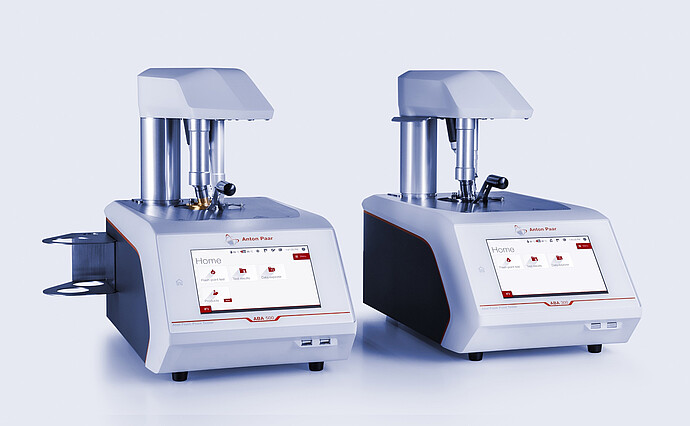
The Next Generation of Flash Point Testing
2023-04-11 | Corporate
The flash point is the lowest temperature at which a liquid under prescribed test conditions gives off flammable gas or vapor in such quantity that a flame appears on contact with an ignition source. A flash point is not a constant physical-chemical property of tested substances – it depends on the measuring device and the method performed. Flash points can therefore only be defined within the framework of a standardized test procedure.
The main reason for flash point measurements is to evaluate the safety risk in terms of flammability. The lower the flash point temperature, the greater the risk of fire. This applies to use, storage or transport – for example, in the case of liquids such as petroleum products.
Another important focus is the control of the production process within the quality inspection as well as the analysis of liquids upon arrival of goods. Since even minor impurities have an effect on the flash point, the flash point measurements, which can be carried out quickly and easily, enable an immediate reaction to deviations.
ABA 500 and ABA 300
With immediate effect, the new ABA 500 and ABA 300 replace the previous Abel flashpoint tester ABA 4. The two models perform fully automatically and offer convenient and modern operation.
Since a sample can be flammable even at sub-zero temperatures, the ABA 500 offers the possibility to measure the flash point down to -30 °C (-22 °F) sample temperature with an external cooler. In rare cases, heated samples can cause a fire. To counteract this, the ABA 500 is equipped with a fire detection and extinguishing system as standard, making the instrument one of the safest flash point testers on the market.
The ABA 300 is the basic model of the Abel flash point testers. The fire detection and extinguishing system is optional on this model and the limited application range allows the measurement of flash points between 10 °C and 110 °C (50 °F and 230 °F).
Materials with a low flash point in focus
Different from Anton Paar's PMA 500, which relies on the Pensky-Martens method and is used at high temperatures from 20 °C to 410 °C, the Abel flash point testers ABA 500 and ABA 300 impress with the analysis of flash points at low temperatures down to -30 °C and +10 °C. The field of application includes highly and easily flammable substances, such as mineral oil products like jet fuels, solvents, chemicals, paints and coatings as well as waste in the lower temperature range.